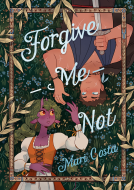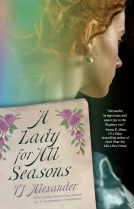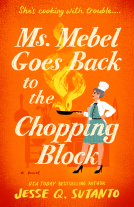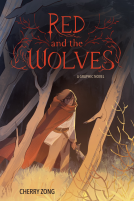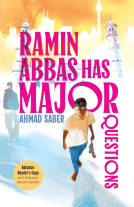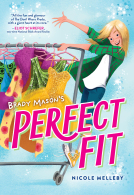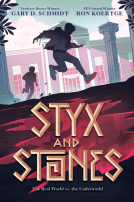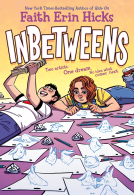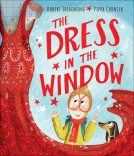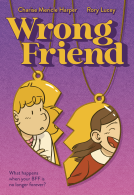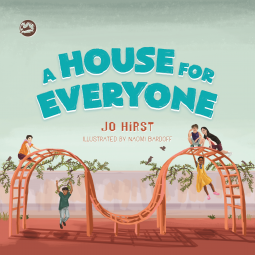
A House for Everyone
A Story to Help Children Learn about Gender Identity and Gender Expression
by Jo Hirst
This title was previously available on NetGalley and is now archived.
Send NetGalley books directly to your Kindle or Kindle app
1
To read on a Kindle or Kindle app, please add kindle@netgalley.com as an approved email address to receive files in your Amazon account. Click here for step-by-step instructions.
2
Also find your Kindle email address within your Amazon account, and enter it here.
Pub Date May 21 2018 | Archive Date May 21 2018
Talking about this book? Use #AHouseForEveryone #NetGalley. More hashtag tips!
Description
At lunchtime, all of Tom's friends gather at school to work together building their house. Each one of them has a special job to do, and each one of them has a different way of expressing their gender identity.
Jackson is a boy who likes to wear dresses. Ivy is a girl who likes her hair cut really short. Alex doesn't feel like 'just' a boy, or 'just' a girl. They are all the same, they are all different - but they are all friends.
A very simple story that challenges gender stereotypes and shows 4 to 8 year olds that it is OK to be yourself. An engaging story that is more than just an educational tool; this book will assist parents and teachers in giving children the space to explore the full spectrum of gender diversity and will show children the many ways they can express their gender in a truly positive light.
Available Editions
| EDITION | Other Format |
| ISBN | 9781785924484 |
| PRICE | $16.95 (USD) |
| PAGES | 32 |
Average rating from 12 members
Readers who liked this book also liked:
Mia Jay Boulton; Laurel Boulton
Comics, Graphic Novels, Manga, Romance, Sci Fi & Fantasy
Charise Mericle Harper
Children's Nonfiction, Comics, Graphic Novels, Manga, Middle Grade

